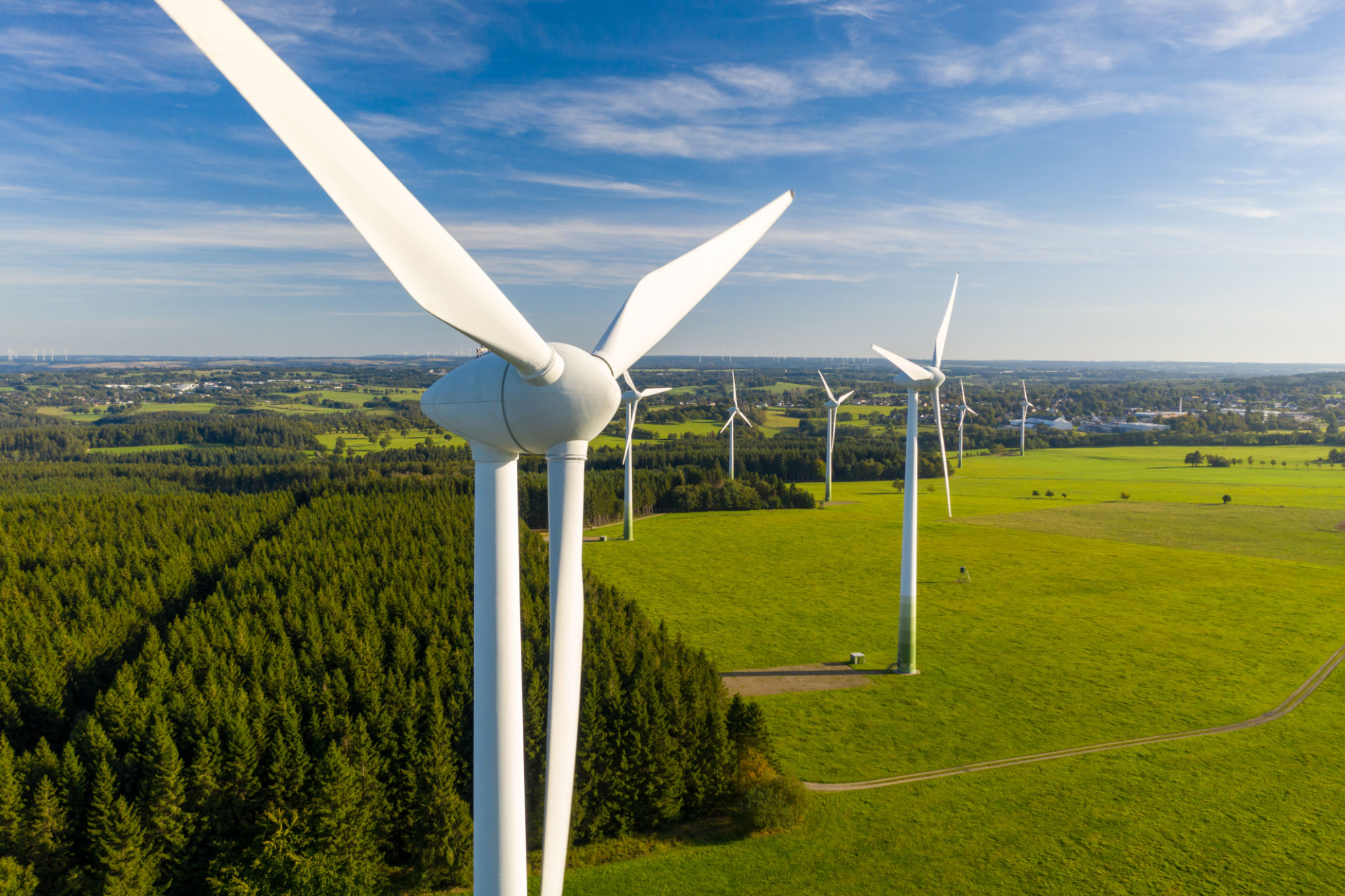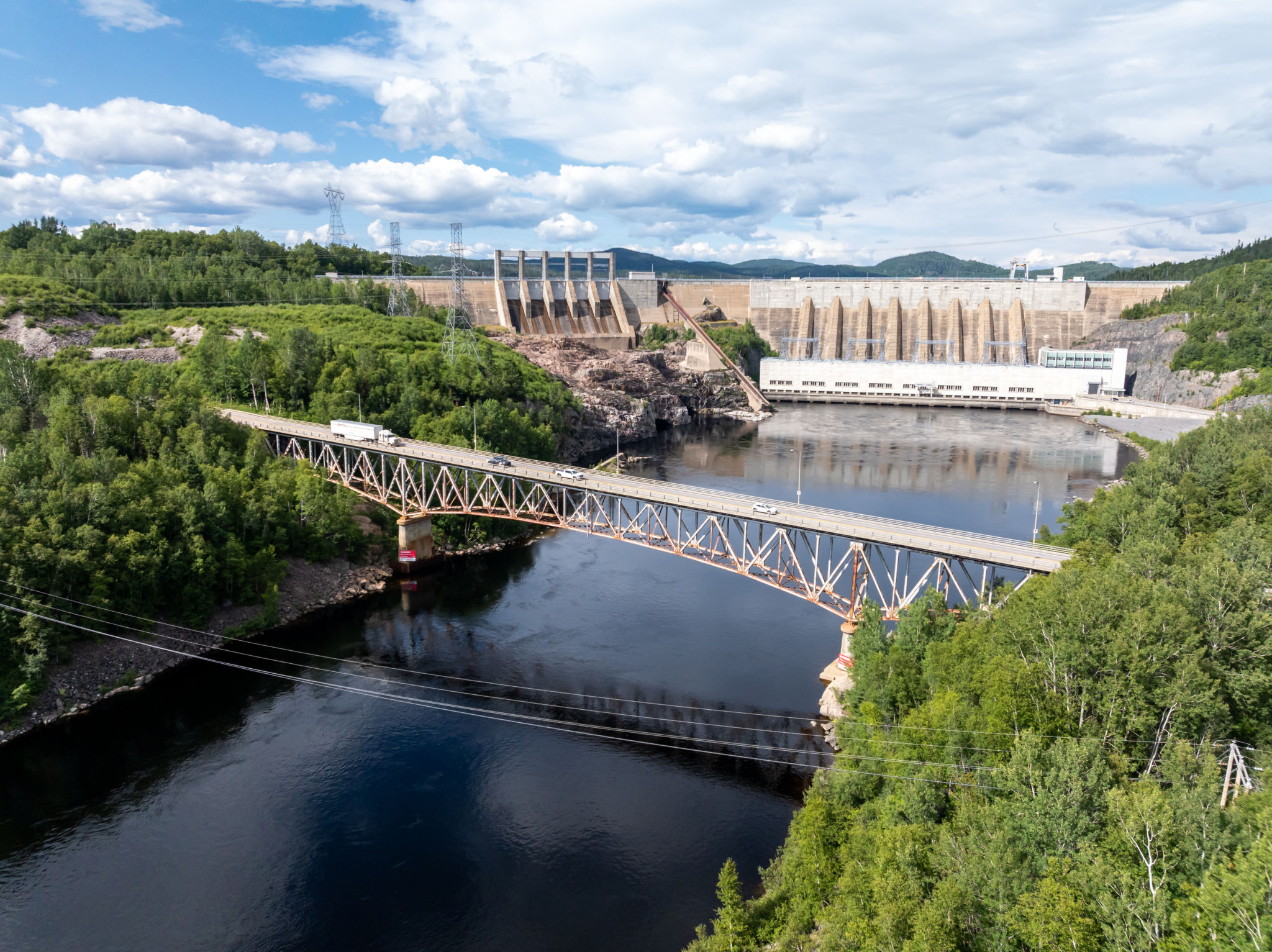Understanding Renewable Energy Systems in South Australia: A Comprehensive Guide
Introduction to Renewable Energy Systems in South Australia
South Australia has emerged as a global leader in renewable energy, setting benchmarks for the integration of sustainable energy systems. This region has leveraged its abundant natural resources to transition from traditional energy sources to more environmentally friendly alternatives. Understanding these renewable energy systems is essential for appreciating the state's commitment to sustainability and innovation.

Types of Renewable Energy in South Australia
Solar Power
Solar power is one of the most significant renewable energy sources in South Australia. The state benefits from high solar irradiance, making it an ideal location for solar energy generation. Residential and commercial solar panel installations have become increasingly common, contributing to the state's energy grid and reducing dependence on fossil fuels.
Wind Energy
Wind energy is another crucial component of South Australia's renewable energy portfolio. The state boasts several wind farms, harnessing the power of strong and consistent winds. These wind farms generate a substantial portion of the state's electricity, showcasing the potential of wind energy as a reliable and sustainable power source.

Energy Storage Solutions
Battery Storage
To complement its renewable energy generation, South Australia has invested heavily in energy storage solutions. The most notable project is the Hornsdale Power Reserve, also known as the Tesla Big Battery. This facility provides grid stability and ensures a continuous power supply, even when renewable energy sources are not producing electricity.
Pumped Hydro
Pumped hydro storage is another innovative solution being explored in South Australia. This technology involves storing energy by pumping water uphill to a reservoir during periods of low energy demand and releasing it to generate electricity during peak demand. This method helps balance the grid and supports the integration of intermittent renewable energy sources.

Government Policies and Incentives
The South Australian government has implemented several policies and incentives to promote renewable energy adoption. These include feed-in tariffs, which provide financial incentives for households and businesses that generate solar power. Additionally, grants and subsidies are available for renewable energy projects, further encouraging investment in this sector.
Community Involvement and Education
Community involvement plays a vital role in the success of renewable energy systems in South Australia. Educational programs and initiatives aim to raise awareness about the benefits of renewable energy and encourage public participation. Community-owned renewable energy projects are also gaining traction, empowering local residents to contribute to the state's sustainable energy goals.

The Future of Renewable Energy in South Australia
Looking ahead, South Australia is poised to continue its leadership in renewable energy. Ongoing research and development efforts focus on improving energy efficiency, expanding renewable energy capacity, and developing new technologies. The state's ambitious renewable energy targets and commitment to innovation ensure a bright and sustainable future for its energy landscape.
Conclusion
South Australia's renewable energy systems serve as a model for other regions seeking to transition to sustainable energy sources. By understanding the various components of these systems, including solar and wind power, energy storage solutions, and supportive government policies, we can appreciate the state's achievements and look forward to continued advancements in renewable energy.
